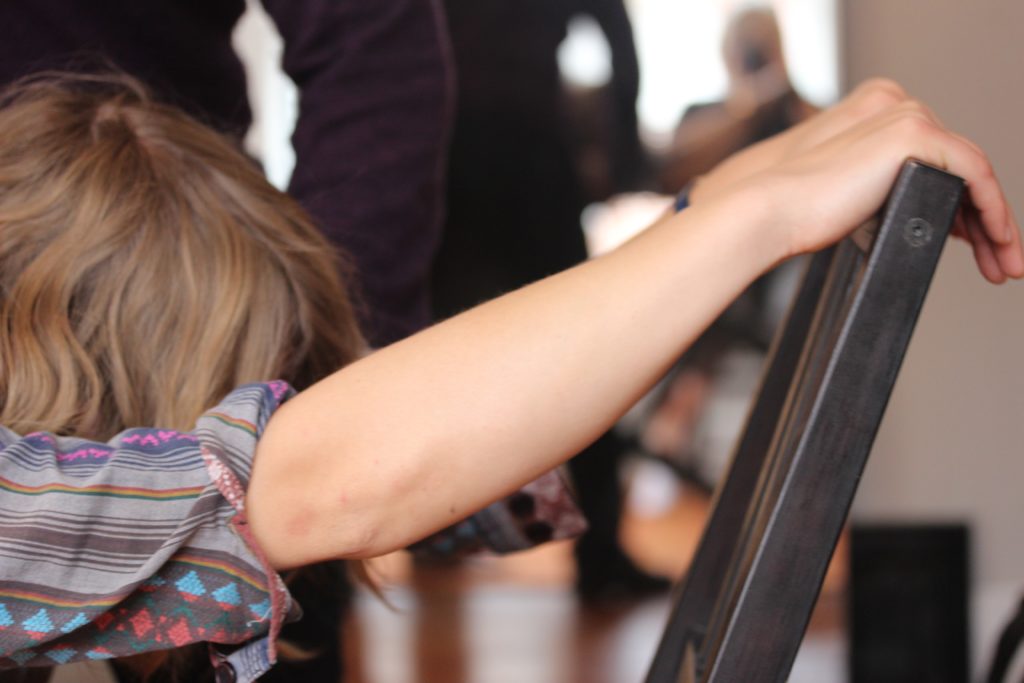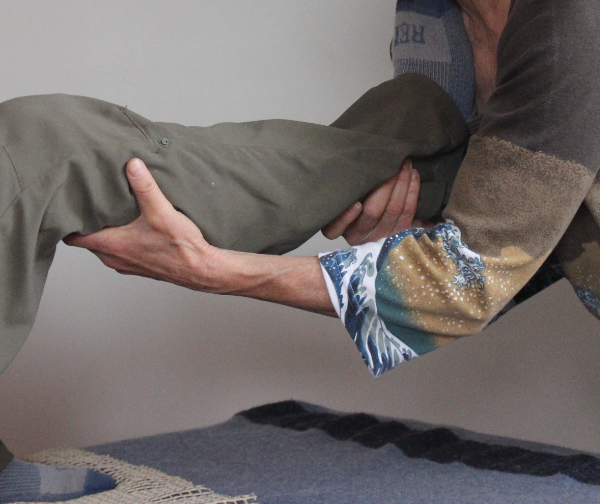Alexander Technique Teacher Training Course

The SLCityAT training course is approved by the American Society of Alexander Technique (AmSAT) and upholds the required standards of professional training and certification. The 1600-hour, 3-year training course is designed to ensure that trainees will complete their education in the Alexander Technique (AT) with the skills and knowledge necessary to become certified as professional teachers of the Alexander Technique.
General Curriculum
Working on the Self
Applying the principles of the AT to everyday life as a trainee and future teacher. This section includes regular semi-supine practice as well as keeping on-going journal/notes to chronicle thoughts, sensations, feelings, that come about as well as class attendance and participation. The focus is on improving use of the self while in and out of the classroom.
Basic AT Procedures
Chair work, standing, crawling, walking, monkey, semi-supine, table work, whispered ah, lunge, hands on back of chair, and developmental movement serve as the framework for learning about primary control, inhibition, direction, faulty sensory appreciation, and conscious control. The integration of these basic concepts will be deepened through individual hands-on work from the teachers. The students will be guided in applying the principles of awareness, inhibition, and direction in simple activities of movement, breath, speech, listening skills, observation, and interpersonal relationships.
Hands-on Work
Implications of the use of touch in teaching; communication, direction, ethics, self-use, specific use of hands/back arms, whole/systemic thinking, doing vs. non-doing, intention, verbal guidance in teaching.
Anatomy and Physiology
Use of skeleton and books to study and discuss the body systems. Study of terminology and definitions of kinesiological and anatomical terms, as flexion, extension, proprioception, kinesthesia. Spinal and joint anatomy.
Developmental Movement
Study of vertebrate evolution and Raymond Dart’s procedures, including primary and secondary curves and movements, resets, double spiral organization of musculature and relationships in movement.
History
Use of books, publications, and videos to learn about the history and ‘family tree’ of the Alexander Technique.
Teaching Methods
We explore different channels of learning: auditory, verbal, cognitive and kinesthetic, and how to understand a student’s natural tendencies in learning, and looking at options for improving other senses and channels for learning.
Philosophy
Introduction and exploration of key concepts, such as means whereby, end-gaining, doing, non-doing and allowing, etc. This section would include reading, discussion, and written reports on F.M. Alexander’s books, as well as other AT authors.
Psychology of a Lesson
We study the dynamics of both the intrapersonal mindset of the student and the interpersonal communication that occurs between "student" and "teacher" by role-playing and discussing the trainees’ experiences as AT "student."

Ethics
Discussion of the professional aspects of being an AT teacher, including, but not limited to; attitude, behavior, sexuality, communication style, financial transactions, scheduling agreements.
Observation Analysis
Developing observation skills with attention to neutral comments/conclusions, articulation, and intuition.
Guest Students
During the second year, guests will be invited to the classroom to allow the trainees to practice their skills with the general public. Options include inviting family members and friends to an “Introduction of the AT’ presented by the trainee, as well as the trainee teaching their guest under the supervision of the teacher.
Special Groups
Discussion and study of working with special groups, i.e. chronic pain, neurologically impaired, injured, rehabilitating, youth, the elderly, office/ workplace settings, exercise, sports, musicians, dancers, actors, and more.
Business Practices
Finances, setting policy, scheduling, community outreach and education, use of the internet, website development, brochures and business cards.

Schedule and Fees
Calendar Year:
Weekly Schedule:
Winter and Spring Term
Tuesday: 5:30-9pm
Wednesday: 5:30-9pm
Thursday: 5:30-9pm
Saturday: 9-12:30pm
Summer Term
Monday - Friday
8:00am - 11:00am
Payment Schedule:
Costs are set for the year that you started to train (2019 start date: $22,287) and will not change unless the trainee interrupts their training. Total tuition will go up by 3% every year.
2020 start date: $22,955.
2021 start date: $23,643, etc.
Interested in Enrollment?
I want to know more!
Send us a message to learn more about the enrollment process.
